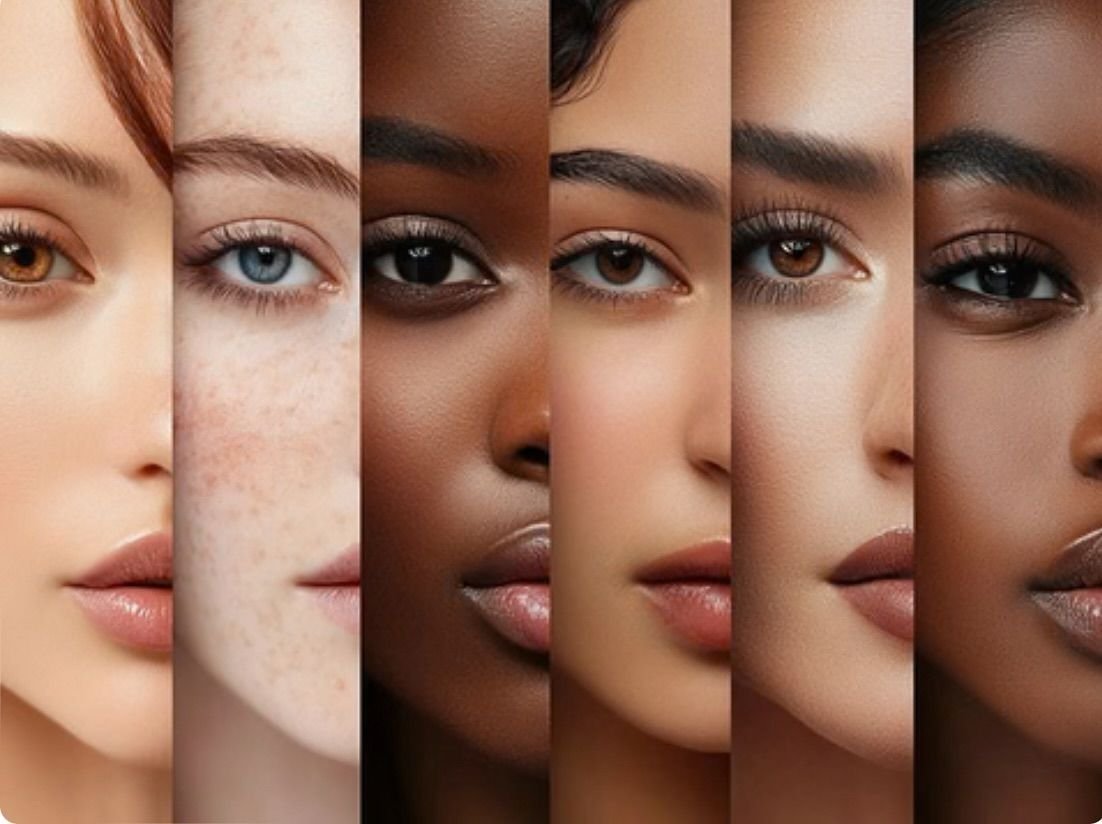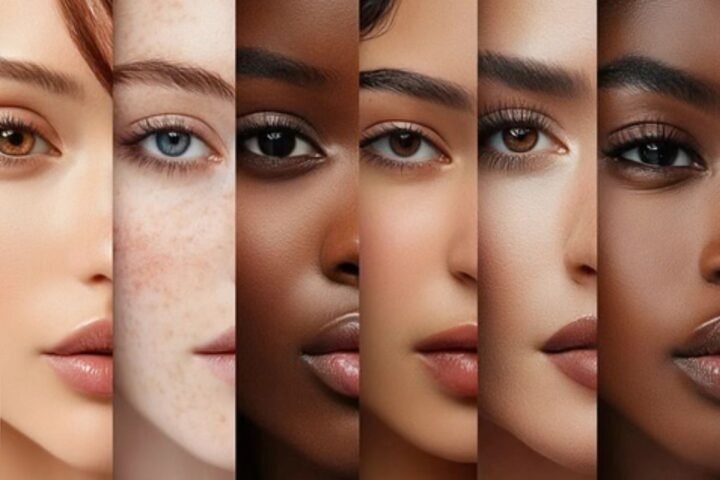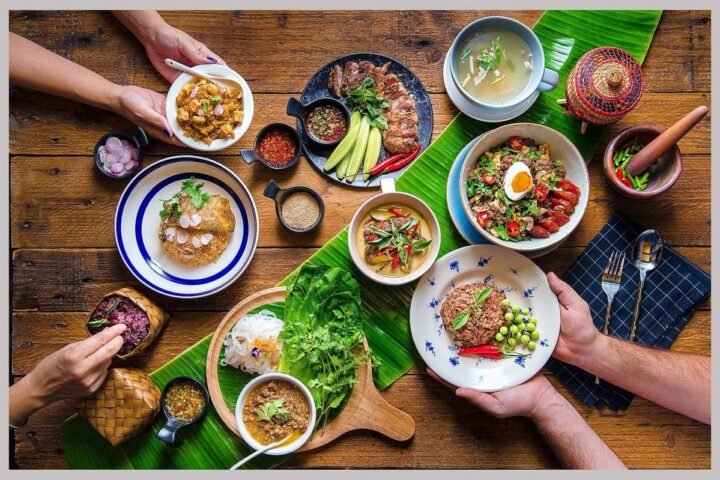Today: December 25, 2025
Beyond Skin Tone: How Brands Are Embracing Body, Age, and Gender Diversity
In the modern era, the beauty and fashion industries are undergoing a transformative shift. The idea of beauty is no longer confined to skin tone, age, or body shape. Brands across the globe are breaking traditional norms, embracing inclusivity, and representing the true diversity of human experiences. From models of varying body types to gender-fluid campaigns and age-inclusive advertising, the industry is evolving into a space that celebrates individuality and authenticity.
For decades, advertisements promoted a narrow and often unattainable standard of beauty. The lack of representation created a culture where people felt pressured to conform to unrealistic ideals. However, today’s consumers demand change. They seek authenticity and diversity in the brands they support, and companies are responding by showcasing real people rather than airbrushed perfection. This shift is not just a marketing trend—it’s a cultural movement redefining what it means to be beautiful.
Body diversity has become a powerful message. Brands like Dove, Savage X Fenty, and Aerie have been leading the charge by featuring models of all sizes and shapes. Their campaigns are unapologetically real, promoting confidence and self-love. By including plus-size, petite, and differently-abled individuals, these brands are showing that beauty is not one-size-fits-all. This representation helps consumers feel seen and valued, creating deeper emotional connections with the brand.
Gender inclusivity is another important evolution. Traditional gender norms in fashion and beauty are being dismantled as brands recognize the spectrum of gender identities. Companies like Fenty Beauty and MAC Cosmetics have promoted gender-fluid products, encouraging everyone to express themselves freely, regardless of gender. This approach reflects a growing understanding that beauty and self-expression transcend societal categories.
Age diversity has also taken center stage in recent years. Aging, once considered a taboo topic in beauty marketing, is now being celebrated. Brands such as L’Oréal, Olay, and CoverGirl have included older models in their campaigns, proving that beauty doesn’t fade with age—it evolves. This representation empowers older consumers and challenges outdated perceptions that beauty belongs only to the young.
The move toward inclusivity isn’t only about representation; it’s also about purpose. Many companies are engaging in conversations around equality, accessibility, and empowerment. Social media has played a crucial role in amplifying diverse voices and holding brands accountable. Consumers now expect companies to stand for something meaningful, not just sell products.
In embracing diversity, brands are doing more than expanding their audiences—they are reshaping culture. The message is clear: beauty exists in every color, shape, and identity. By celebrating the full spectrum of humanity, the beauty industry is finally reflecting the world as it truly is—vibrant, varied, and inclusive.
Conclusion:
The future of beauty lies in authenticity. As brands continue to champion diversity in body, age, and gender, they are redefining what it means to feel beautiful and confident. This evolution isn’t just progressive—it’s necessary, creating a more accepting and empowered world for everyone.
Tags
Brielle Duddy is a freelance writer and editor with a background in journalism. She has written for a variety of publications, with a passion for exploring the intersection of technology and society. Brielle is passionate about social justice and equality, and her writing often focuses on these issues. In her free time, she enjoys hiking, practicing yoga, and exploring the vibrant cultural scene in her hometown of Los Angeles.







